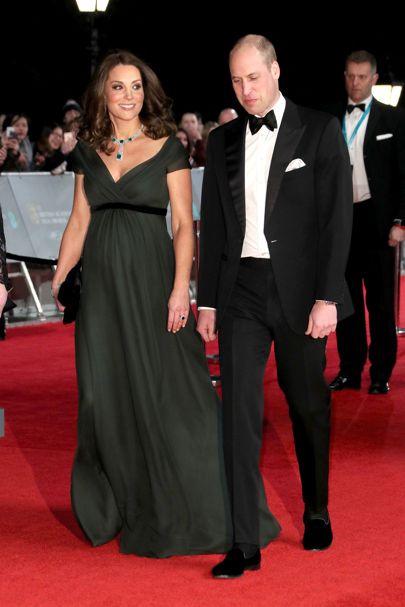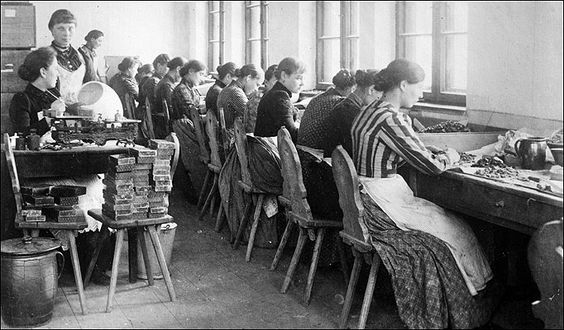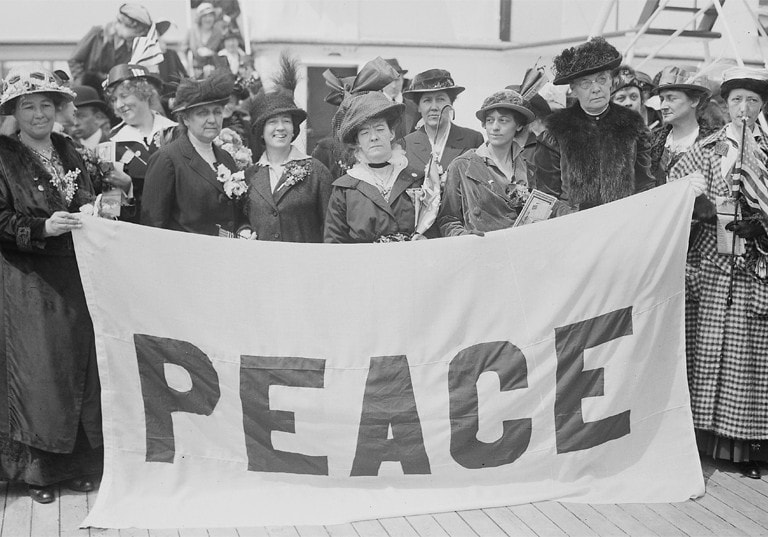|
In these days of beautiful appearances on the red carpet, there’s one little secret behind the wonderful looks that we would like to share with you; there are no perfect bodies and no amazing dress that fit like a glove! Having myself fitted many A-listers in their red carpet outfits, you quickly realise that it is not what you wear but how it fits that makes all the difference.
Behind every red carpet appearance there are, apart from the stylist and the designers, the fitters and the tailors and before they have finished working their magic no one would step on to the red carpet. While watching this year’s Bafta goers dressed in the sombre black of the Times up movement, the right hem length and sleeve length is even more noticeable. Someone who knows her figure only too well and always has her garments fitted to perfection is Salma Hayek, she’s not a classic size by any means but often seen in Gucci as on the Bafta evening, thanks to a perfect fit makes it look like child’s play to get dressed to perfection. The Duchess of Cambridge’s bump would have needed a carefully measured hem to keep an even length. And Rebecca Fergusson’s Stella McCartney train would have been altered to compliment the hem length. But apart from the obvious hems, many times have I done a series of other alterations too, uneven shoulders, and wide hips, big ribcages etc. make for their own tweaks and tailoring solutions. The beautiful people are not only beautiful they are also normal! This is a rule that you don’t need to be an A-list celebrity to follow. In fact many are the men who are sartorially savvy enough to have their trouser and sleeve lengths altered so why not nip in the waist on a jacket or lift the strap on a dress. Small tweaks could make the world of difference to our wardrobes. Most people use alterations as a mending service but how about using it as tool for a beautifully turned out wardrobe. Less items but with a better fit. The savvy shops on the high street and has it fitted. The cash rich shop the fashion brands but still has it fitted! The secret to a glamourous look is in the fit.
1 Comment
Celebrating 100 years of women’s vote and looking back at the our role in the textile industry2/20/2018 As you sit looking at the perfectly hand finished hem of your newly altered dress or the overlocked edge hiding under the lining, there’s a story hiding within these stitches.
The industrial revolution brought the sewing and garment making from the dimly lit crammed private rooms of women (1846 the sewing machine was invented) into the factories. The textile industry became the biggest employer of women. As families moved in from the country, women became cogs in the factory machinery. They were often labelled ‘the unskilled’ workforce behind the shirt making machinery or laundry tubs, they suffered long working hours but their meagre wages were invaluable to their often growing families. As the ready to wear industry took off factories produced garments such as coats, petticoats, shirts, trousers, gloves, hats and footwear. The invention of department stores such as Selfridges spurred on the mass produced goods. Soon the department stores offered made up garments in the latest fashion. Although the novelty of the beautiful shopping experience with tea rooms and restaurants attracted a new crowd, the middle class women often tried on but then let their own seamstress copy the latest fashion. Meanwhile the ladies working the factory floors couldn’t even dream of paying for a cup of tea in the new department stores, the working hours were between 9-12hrs and the pay were even lower than their male counterparts. The conditions were gruelling, the air was filled with floating fibres that caused respiratory problems and the dyes were toxic and flammable. As the introduction of machinery in the garment industry boosted production and drew down the cost price it also undermined the skills and art of garment making, that we today after decades of a buy and throw away culture revere so highly. Haute couture is once again popular among the ones who can afford it. There’s now days an appreciation for the skilled woman behind the hand finished hem and the beauty of a perfectly altered garment. And today we are soberly prepared to pay a price reflective of the skill and talent involved. Although it might have been the educated middle classes that drove the suffragette movement forward it was these working women , the foundation of the textile and garment industry in this country and their conditions, that spurred some of the suffragettes on to fight for the right of women. So when we look at a hem or the seams of our garments next time let’s t remember the history behind them and be grateful to the women who fought to alter the female conditions a 100 years ago. |
The Wardrobe CuratorAll the latest news, tips and advice from Julia Dee. Archives
October 2018
Categories |
|
"My jumpers arrived back on Friday, only 8 days after I posted them to you and I am delighted with the results- I cannot even find the repair on two of them - amazing ! Thank you and your team so much for such a fantastic service!"
Wonderful feedback from one of our customers!! |






